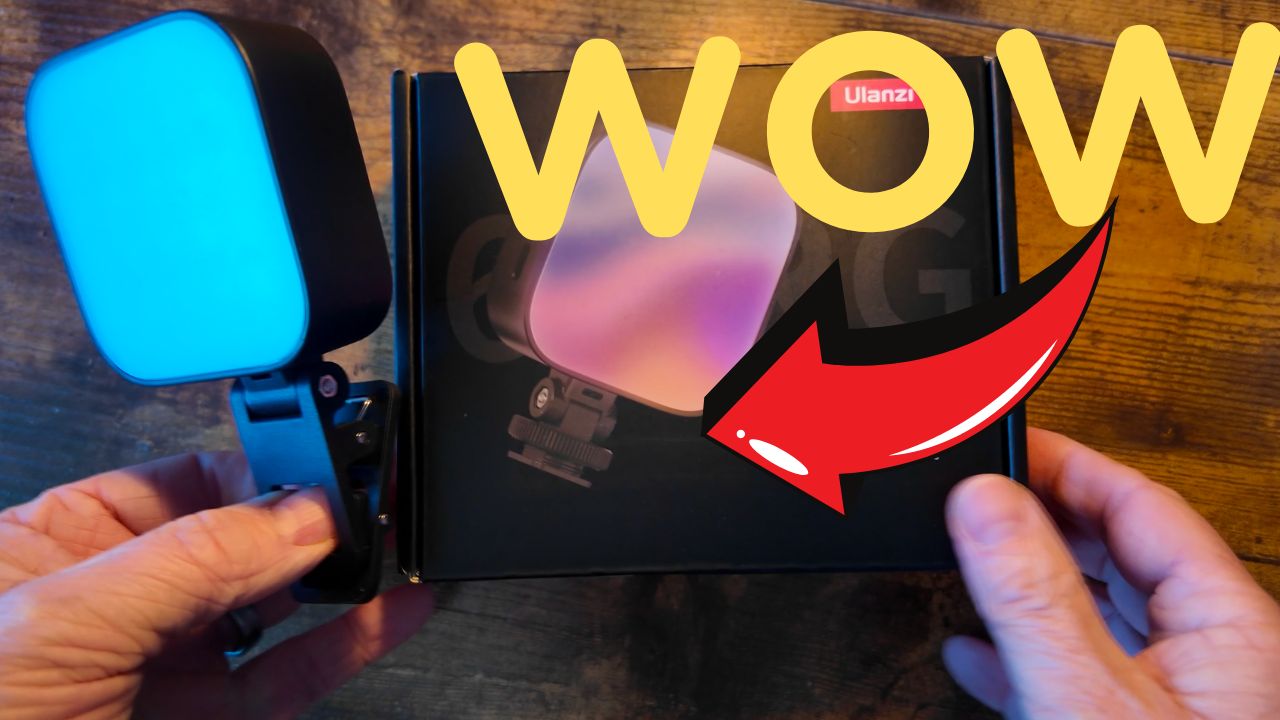Many travelers often wonder if toothpaste may explode on a plane due to pressure changes and if it’s allowed in their carry-on luggage. While it’s essential to maintain oral hygiene during trips, understanding the rules regulated by airport security and the proper way to pack toothpaste can make the process smoother.
Toothpaste is highly unlikely to explode on any aircraft.
Toothpaste is considered a gel and is subject to certain limitations when packing in hand baggage. Knowing the types of toothpaste allowed and how to pack them securely, along with other liquid toiletries, can prevent unfortunate leaks and spills.
Additionally, being aware of specific airline information, international travel guidelines, and even alternative options to liquid toothpaste is beneficial to ensure a seamless travel experience.
Key Takeaways
- Toothpaste is subject to airport security regulations and must be packed within size limitations
- Proper packing techniques can prevent toothpaste from exploding due to pressure changes on a plane
- Familiarity with airline guidelines and alternative toiletry options can make traveling with toothpaste easier


Airport Security Regulations
3-1-1 Rule
The 3-1-1 Rule refers to the Transportation Security Administration’s (TSA) regulation for liquids in carry-on luggage. It states that every passenger can bring liquids, gels, creams, and similar items in containers of no more than 3.4 ounces (100ml) per item. These containers must be placed in a single, clear, quart-sized plastic bag. Each traveler is limited to one such bag.
TSA Restrictions
Toothpaste, being a gel, falls under the TSA’s liquid restrictions, and thus should adhere to the 3-1-1 Rule. This means that toothpaste containers of 3.4 ounces or smaller are allowed in your carry-on bag, while larger containers must be placed in checked luggage. Following these guidelines ensures a smooth security checkpoint experience at the airport and reduces the risk of items from being confiscated.
Toothpaste on a Plane
Carry-On Luggage
Toothpaste is allowed in your carry-on bag with some restrictions. It must be in a container of 3.4 ounces (100 milliliters) or less. Place it in a clear, quart-sized bag with other travel-sized liquids, gels, and aerosols. Remember, you are only allowed one such bag per passenger.
Common travel items, including shampoo, conditioner, mouthwash, and lotion, also follow the 3-1-1 liquids rule. Make sure they comply with these regulations to ensure a smooth security screening. Security officers make the final decision on what items are allowed on the plane.
Checked Baggage
There are more lenient rules regarding toothpaste in checked baggage. You can pack toothpaste in larger quantities, as there are no specific size limitations. However, be mindful of possible leaks and explosions due to changes in air pressure and temperature during your flight.
To safeguard your belongings, use protective measures like sealing toiletries in plastic bags or using padded pouches. These precautions will minimize the risk of leaks and prevent damage to your clothing and other items in your luggage.


Types of Toothpaste
Paste and Gel
Toothpaste comes in two primary forms: paste and gel. Both types function similarly and effectively clean teeth, but some people may prefer one over the other due to differences in texture or taste.
Prescription Toothpaste
In some cases, your dentist may recommend prescription toothpaste designed for specific dental needs. These toothpastes often contain higher concentrations of fluoride or other ingredients to treat conditions like tooth sensitivity or gum disease.
Toothpaste Tablets
A newer innovation in dental hygiene, toothpaste tablets are compact, solid alternatives to traditional toothpaste. To use these tablets, simply chew and then brush as you would with regular toothpaste. They are particularly convenient for travel, as they are not subject to liquid restrictions.
Packing Tips
Container Restrictions
When packing toothpaste for a flight, ensure it complies with the 3-1-1 rule, requiring liquids, gels, and creams to be in 3.4 oz (100 ml) or smaller containers. This rule helps maintain a secure and smooth travel experience.
Plastic Bags for Toiletries
Place these containers in a one-quart (1 liter) transparent zip-lock bag. Each passenger can carry only one such bag, making it essential to optimize the use of space within it.
Travel-Sized Containers
Opt for travel-sized toothpaste tubes when purchasing toothpaste for your trip. These compact tubes save space in your toiletry bag and easily comply with airline restrictions.
Other Liquid Toiletries
Shampoo and Conditioner
Shampoo and conditioner bottles, when subjected to the cabin pressure at 35,000 feet, might leak or explode mid-flight. Use smaller travel-sized containers or leak-proof bottles to prevent spills.
Mouthwash and Dental Products
Mouthwash, toothpaste, and other dental products are considered liquids by the TSA. Ensure they are within the 3.4 ounces (100 milliliters) limit and stored in a quart-sized bag for security checkpoints.
Lotions and Creams
Lotions and creams should also comply with TSA’s 3-1-1 liquids rule. Opt for travel-sized versions or transfer them into leak-proof containers to avoid any mid-flight accidents.


Baby Products and Medicines
Baby Milk and Formula
Baby milk and formula are considered essential for infants during air travel. Airlines often make exceptions for these items when it comes to carry-on liquid restrictions. Baby milk and formula are typically allowed in reasonable quantities exceeding the standard 3.4 ounces (100 milliliters) limit. However, it’s always best to confirm with your airline before flying.
Prescription Medicines
Prescription medicines are important for maintaining the health of individuals during travel. The TSA permits passengers to carry medically necessary liquids, such as prescription medicines, in larger quantities than the standard 3.1.1 rule. It’s advisable to carry documentation for these medications, such as a prescription label or doctor’s note, to avoid any potential issues at security checkpoints.
International Travel
Customs Regulations
When traveling internationally, you need to be aware of the customs regulations in place. Customs officers are responsible for enforcing these rules to ensure the safety and security of air travel.
Toothpaste is considered a liquid and must comply with the 3-1-1 liquids rule. It should be in a travel-sized container with a maximum size of 3.4 ounces (100 milliliters) in your carry-on bag.
European Liquid Restrictions
European countries also have strict liquid restrictions for air travel. Similar to the TSA, they require toothpaste to be in a travel-sized container of no more than 100 milliliters.
It is crucial to follow these liquid restrictions when traveling internationally to avoid any inconvenience during customs screening processes. By adhering to the guidelines, you can ensure a smooth and hassle-free travel experience.
Airline Specific Information
American Airlines
On American Airlines, toothpaste is allowed in both carry-on and checked luggage. However, in carry-on bags, toothpaste must adhere to the 3-1-1 rule, meaning the tube should not exceed 3.4 ounces (100 ml). This is because toothpaste is classified as a gel.
Southwest Airlines
Similar to American Airlines, Southwest Airlines also permits toothpaste in both carry-on and checked bags. Toothpaste in carry-on luggage must follow the TSA’s 3-1-1 rule, allowing tubes of toothpaste under 3.4 ounces within a quart-size, clear plastic bag.
Delta Airlines
Delta Airlines, like American and Southwest, allows toothpaste in both checked and carry-on bags. Toothpaste in carry-on must adhere to regulations like the 3-1-1 rule, ensuring tubes are smaller than 3.4 ounces and packed in a quart-size clear plastic bag for security screening.
Alternatives to Liquid Toothpaste
Toothpaste Tablets and Powders
Toothpaste tablets and powders are solid alternatives to traditional toothpaste, available and complying with TSA regulations. They’re compact, easy to carry, and don’t pose a risk of explosion during flights.
Dental Floss and Picks
Dental Floss: Dental floss is an essential addition to your on-the-go oral hygiene kit. It comes in various types and materials and helps keep your teeth clean without any concern for liquid restrictions.
Floss Picks: Floss picks are another TSA-approved and travel-friendly oral care option. These come attached to a small handle, allowing for convenient flossing and eliminating concerns about exploding toothpaste.
Frequently Asked Questions
Can you bring a tube of toothpaste on a plane?
Yes, toothpaste can be brought on a plane, but according to the Transport Security Administration (TSA), there are limitations to the size of tubes allowed, as toothpaste is a gel.
How to prevent toothpaste explosion in flight?
To prevent toothpaste from exploding or leaking in flight, place the toothpaste tube in a sealable plastic bag. Ensure the cap is tight and avoid over-filling or using tubes with weak packaging material.
Will toiletries explode in checked luggage?
Usually, toiletries will not explode in checked luggage. However, sudden changes in pressure and temperature during flights may cause damage. It’s wise to place toiletries in sealable bags or use leak-proof containers to minimize risk.
Are there regulations for toothpaste in carry-on?
Yes, regulations for toothpaste in carry-on luggage follow the 3-1-1 liquids rule. Each passenger can carry travel-size containers no larger than 3.4 ounces (100 milliliters) and these must fit in a quart-size bag.
Does travel-size toothpaste need to be in a quart-size bag?
Yes, travel-size toothpaste, even if under 3.4 ounces (100 milliliters), must still be placed in a quart-size bag with other liquids and gels according to the TSA regulations.
What’s the best way to pack toothpaste for air travel?
The best way to pack toothpaste for air travel is to use a travel-size tube within the permitted limits. Place it in a quart-size sealable bag with your other liquid and gel items in your carry-on luggage. If packing in checked luggage, use a leak-proof container or sturdy plastic bag for added protection.



